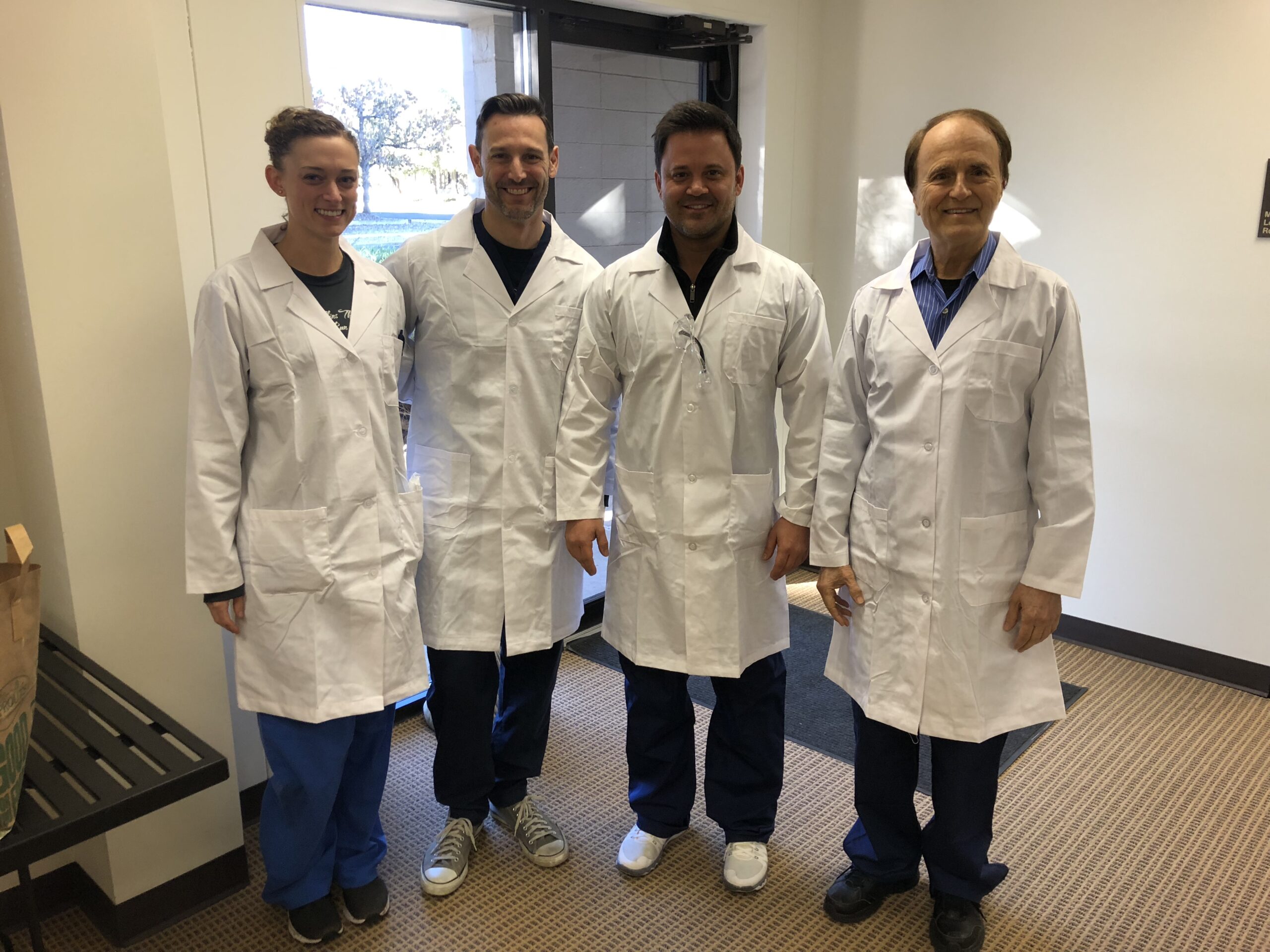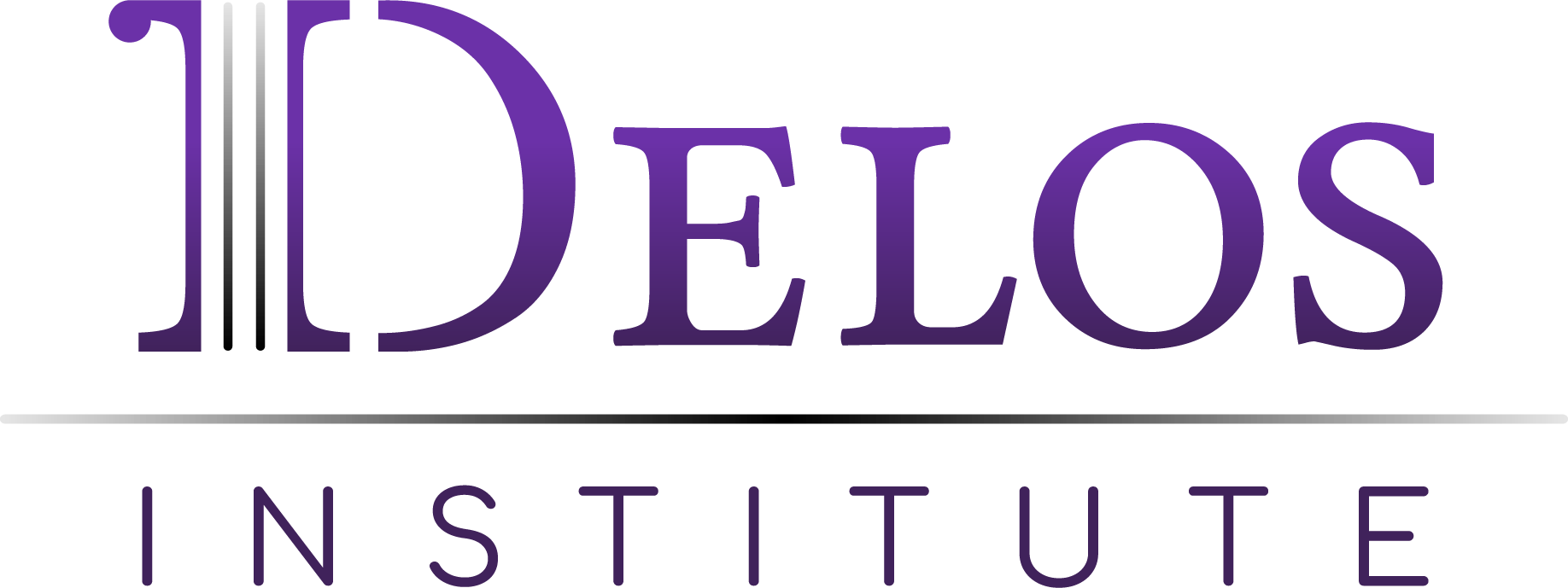
Written by Kate Patterson & Marc Pytlewicz
Participating in a cadaver dissection as a therapist is the ultimate learning experience. Last fall, a group of Delos Therapists took the opportunity to fly to Colorado to take part in a fascial dissection course put on by the world famous Tom Myers of Anatomy Trains. We were eager for a fresh, first-hand perspective on material that we’ve been studying for years in charts and anatomy books. We were driven to more deeply understand how soft tissue structures work together through the body, and to hopefully be able to use what we learned to further enhance our work.
For most of us, it was our first time in a course like this, and with that came a massive amount of nervousness. Were we going to drop flat at the first sight of the cadaver? Would we get overwhelmed? We all fundamentally understood that this was an opportunity to powerfully transform our work and the decision was clear. From getting a good look at the structures of the psoas, shoulder complex, and the iliocostalis to finding adhesions in tissue, there were loads of places we wanted to study. We took a deep breath and went into the lab!
What area of the body did you most hope to analyze?
Kate: I wanted to see the deep abdominal muscles of the psoas and their connections to the diaphragm. We often work on people with forward posture and upper back problems that compress the front line of the body, so I was really interested in seeing what that line of muscular engagement looked like.
Marc: I wanted to see the full shoulder structure and the iliocostalis. The shoulder is interesting to me because it’s so complex. We have so many people coming to us at Delos with shoulder issues, that I really wanted to get every detail about the structure of it. Bicep tendonitis is an issue I see related to creating pain higher in the shoulder, so I was curious how far those muscles and fascial attachments extended.
What did you learn that was surprising?
Kate: I was surprised to see how closely knit all of the structures are within the body. The way I had been studying information in textbooks kept my understanding a bit segmented. Conceptually, it is easy to separate out body systems, muscles, bones, organs from one another, and to think of them operating fairly independently. As we started into the dissection, none of those anatomical structures were identifiable and we were faced with layers of web-like tissue called fascia, each layer having different densities and characteristics. Under the skin and adipose tissue, we were met with the fascia profunda (deep fascia), a very dense layer that holds everything in like saran wrap. Beneath that, anatomical structures started to become visible, and we could see thinner layers of epimysium encasing long lines of muscles. Continuing deeper in, the much more fluid layers of perimysium blended muscle fibers together. As we exposed more and more familiar anatomical structures, we would predict if they needed support or mobility based on the density or fluidity of the surrounding fascial layer.
It was really interesting to not only see the psoas-diaphragm fascial connection, but also to realize that it extends over the rib cage and further into the front neck muscles. To then see the close proximity of the deep abdominal muscles to the solar plexus and the kidneys made me consider how quickly muscular holding patterns in the psoas would influence nearby systems like the nervous, respiratory, and renal system. What became clear to me is that all of those structures and systems are in continual engagement with each other through the feedback loop of this fascial web and that this web has variation and a functional structure of its own.
Marc: We got to see the results of lifelong habits, including collagen buildup and development. Yes, the muscles and fascia in the body are all connected, but there are also very specific ways in which fascia and collagen end up being distributed in each individual body based on their activity or inactivity. Not only that but there also seems to be some neurological holding patterns within all those materials. When we pushed into the muscles of these cadavers all of the tissue was soft and pliable. Even the usual areas of tightness where we all carry knots were not there. When we pass on it seems that fibroblasts seem to cease their activity and let go. Very fascinating to think about but still has yet to be explored fully or documented.
What did you take away from the course?
Kate: I feel like I have a more complete visual reference when I work on patients now and it helps me to troubleshoot tough cases and explain concepts to our patients. The personal and academic pieces combined into an experience that has given me more confidence, broadened my perspective, and fueled my inspiration to learn more.
Marc: Because of the fresh nature of the cadavers, we were able to see how the body functions as a whole. With a clear understanding of what lies within our bodies, all of this extra knowledge and understanding of how muscles and fascia work together we have a better understanding of how to attack these hardened areas that are creating so much pain for so many people. We also can teach all of our clients that the body is just has this naturally occurring build-up of collagen and it’s these collagen bundles that create knots, pain and this havoc throughout our muscular system. This is exactly what we are addressing at Delos.
- Getting My Mobility Back: Jane - September 9, 2021
- My Summer Bike Trip Without Hip Pain: Terri - August 30, 2020
- Ski Accident Shoulder Injury: Jessica - April 8, 2020


